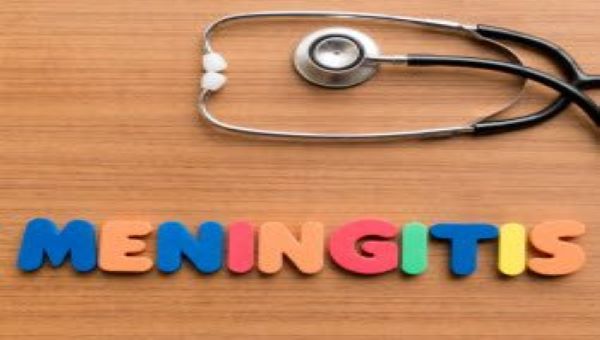Know more about ANAEMIA
Jun 23, 2022
ANAEMIA
INTRODUCTION
Anaemia is a condition in which the number of red blood cells or the haemoglobin concentration within them is lower than normal. Haemoglobin is needed to carry oxygen and if you have too few or abnormal red blood cells, or not enough haemoglobin, there will be a decreased capacity of the blood to carry oxygen to the body’s tissues.
SIGNS AND SYMPTOMS
Anaemia can cause a range of symptoms including
- Fatigue
- Weakness
- dizziness
- Drowsiness
- Children and pregnant women are especially vulnerable, with an increased risk of maternal and child mortality.
- The prevalence of anaemia remains high globally, particularly in low-income settings, where a significant proportion of young children and women of childbearing age can be assumed to be anaemic.
- Iron deficiency anaemia has also been shown to affect cognitive and physical development in children and reduce productivity in adults.
CAUSES
Anemia can be due to a condition present at birth (congenital) or to a condition you develop (acquired). Anemia occurs when your blood doesn't have enough red blood cells. This can happen if:
- Your body doesn't make enough red blood cells.
- Bleeding causes you to lose red blood cells more quickly than they can be replaced
- Your body destroys red blood cells
Risk factors
These factors place you at increased risk of anemia:
- A diet lacking in certain vitamins and minerals. A diet consistently low in iron, vitamin B-12, folate and copper increases your risk of anemia.
- Intestinal disorders. Having an intestinal disorder that affects the absorption of nutrients in your small intestine — such as Crohn's disease and celiac disease — puts you at risk of anemia.
- Menstruation. In general, women who haven't had menopause have a greater risk of iron deficiency anemia than do men and postmenopausal women. Menstruation causes the loss of red blood cells.
- Pregnancy. Being pregnant and not taking a multivitamin with folic acid and iron, increases your risk of anemia.
- Chronic conditions. If you have cancer, kidney failure or another chronic condition, you could be at risk of anemia of chronic disease. These conditions can lead to a shortage of red blood cells.
Slow, chronic blood loss from an ulcer or other source within your body can deplete your body's store of iron, leading to iron deficiency anemia.
- Family history. If your family has a history of an inherited anemia, such as sickle cell anemia, you also might be at increased risk of the condition.
- Other factors. A history of certain infections, blood diseases and autoimmune disorders increases your risk of anemia. Alcoholism, exposure to toxic chemicals and the use of some medications can affect red blood cell production and lead to anemia.
- Age. People over age 65 are at increased risk of anemia.
DIAGNOSIS
- Complete blood count (CBC). A CBC is used to count the number of blood cells in a sample of your blood.
- A test to determine the size and shape of your red blood cells. Some of your red blood cells might also be examined for unusual size, shape and colour.
- If you receive a diagnosis of anemia, your doctor might order other tests to determine the cause. Occasionally, it can be necessary to study a sample of your bone marrow to diagnose anemia.
PREVENTION
WHO oversees several programmes across all WHO Regions to help reduce the prevalence of anaemia through treatment and prevention.
These guidelines, policies and interventions aim to
- Increase dietary diversity.
- Improve infant feeding practices.
- Improve the bioavailability.
- Intake of micronutrients through fortification or supplementation with iron, folic acid and other vitamins and mineral.
- Social and behaviour change communication strategies are used to change nutrition-related behaviours.
- Interventions to address the underlying and basic causes of anaemia look at issues such as disease control, water, sanitation and hygiene, reproductive health and root causes such as poverty, lack of education and gender norms.
TREATMENT
While iron deficiency anaemia is the most common form and is relatively easy to treat through dietary changes, other forms of anaemia require health interventions that may be less accessible. Accurate characterisation of anaemia is critical to understand the burden and epidemiology of this problem, for planning public health interventions, and for clinical care of people across the life course.












